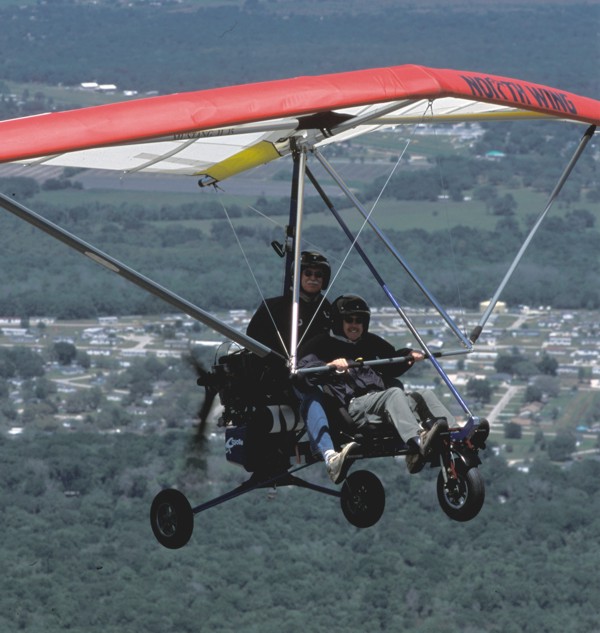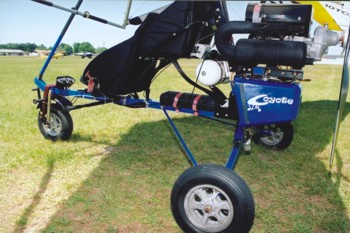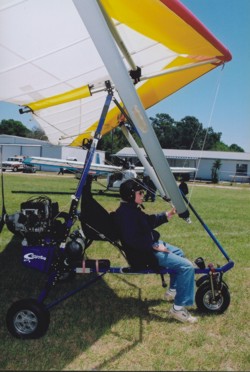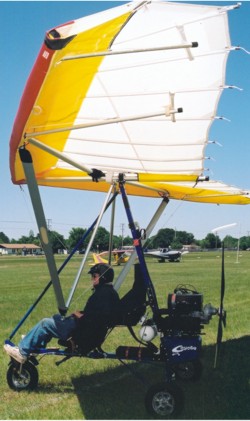
Two years ago, I flew and reported on the only model TC’s Trikes offered. Though their line had little depth, the Tennessee company built their own wing and chassis. Many trike chassis builders purchase wings from other sources, much like happens universally in powered parachutes. TC’s Trikes did it all based particularly on their needs as an active flight school operation. In today’s light aircraft world, a wider product line addresses more pilots, which makes a more viable business. Given the pace of refinements, it can be tough to keep up. Yet TC’s Trikes had a track record in the East, selling more than 100 trikes of their own and other brands. Pairing up with another company, if the fit was right, could be smart business. A match was found between TC’s Trikes and Washington state-based North Wing Design. TC’s Trikes had something North Wing lacked – a presence in the Eastern USA.












